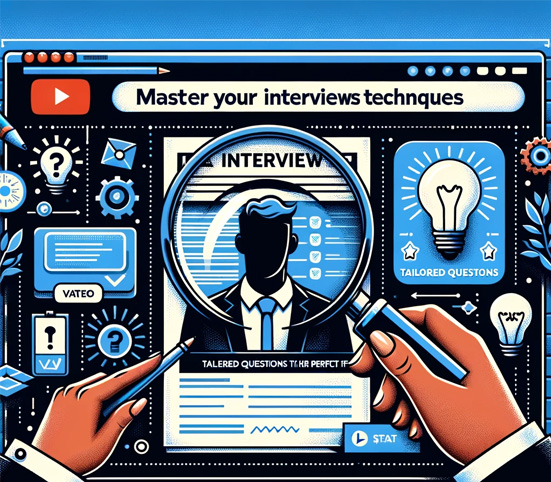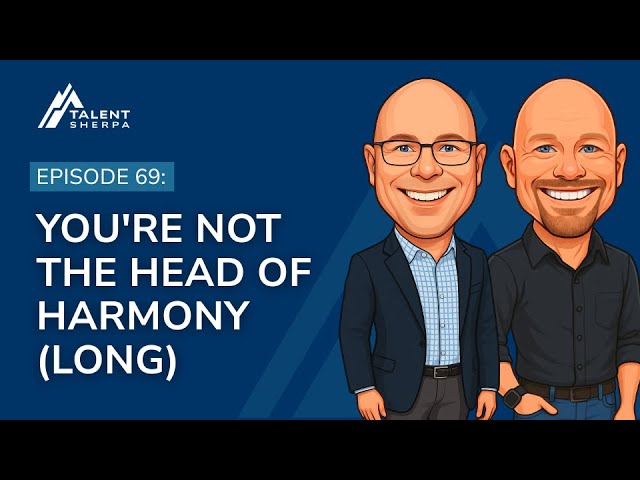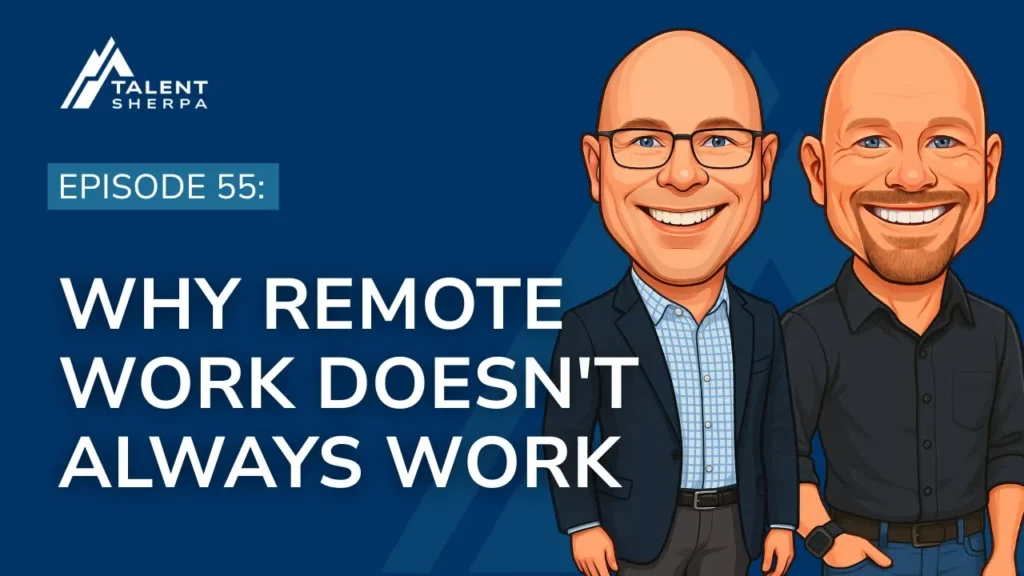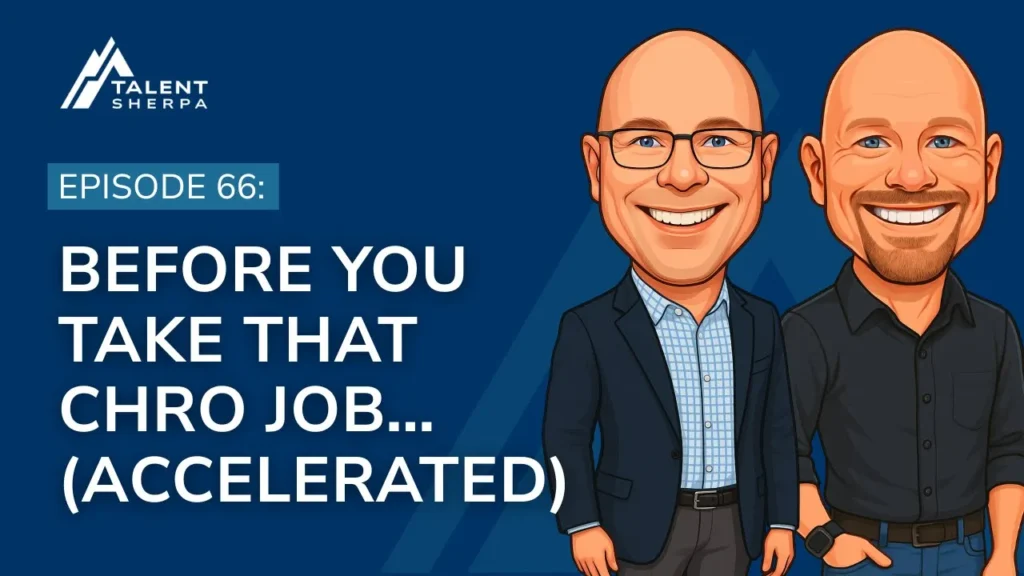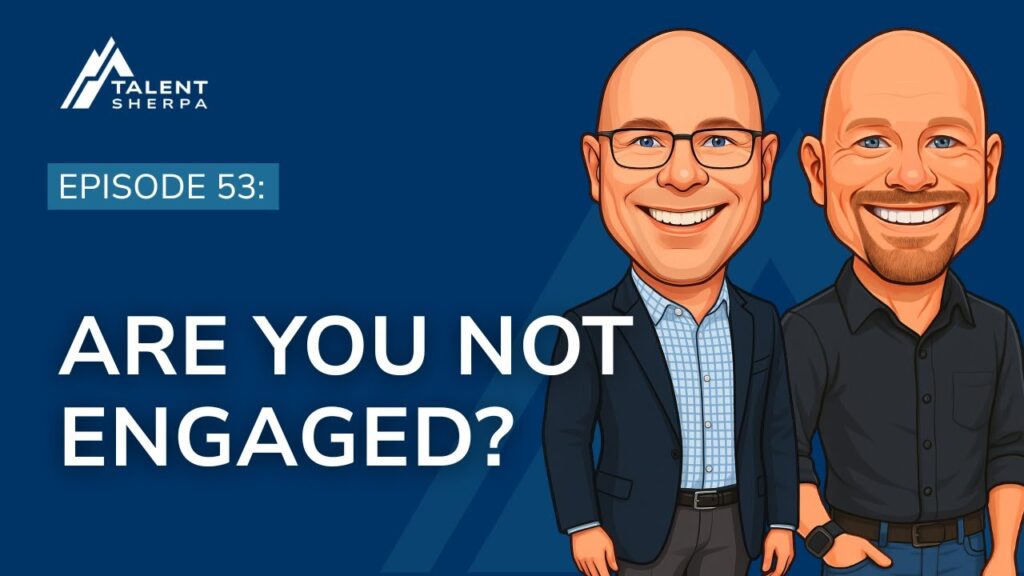In the rush to leverage AI for talent acquisition, many organizations are missing a crucial truth: the design of the role, and the manager’s detailed understanding of desired outcomes are far more important to overall success than just the job description document. You can check the box by completing a document, but the process itself is where the value is created. The problem is that it historically takes a long time.
The Hidden Challenge in Modern Recruitment
In today’s fast-paced business environment, the pressure to move quickly is intense. Many organizations are turning to large language models (LLMs) like ChatGPT to accelerate job description creation. And if the goal is simply to “check a box” and move on, perhaps that’s sufficient. But for forward-thinking companies focused on driving productivity and reducing turnover, rapidly generated content isn’t enough.
The real challenge isn’t writing the document – it’s thinking strategically about the role itself. What specific outcomes will drive organizational value? How do these outcomes align with and advance broader business objectives? Which behaviors and competencies will truly lead to success?
These critical questions can’t be answered by even the most sophisticated text generation. They demand guided analysis, strategic thinking, and a deep understanding of how roles contribute to organizational success. Without this foundation, even beautifully written job descriptions become merely exercises in documentation rather than tools for driving business results.
In a highly productive culture, it’s recognized that clarity drives results.
Where Large Language Models Fall Short
While LLMs offer impressive writing capabilities, they have fundamental limitations:
“Garbage In – Garbage Out”
LLMs face a fundamental challenge: they’re trained on internet data, which includes millions of poorly written, ambiguous job descriptions that fail to create clarity or drive engagement. This “garbage in, garbage out” problem means that even the most sophisticated LLM will struggle to generate truly effective job descriptions. Without exposure to consistently high-quality examples that demonstrate clear success metrics, reduced ambiguity, and strong alignment with organizational goals, these models can only recreate the mediocre standard that dominates online job postings. They may write fluently, but they can’t elevate the fundamental quality of job descriptions beyond what currently exists in their training data.
Limited Strategic Guidance
LLM’s can generate text but can’t guide users through the critical thinking process that should precede writing. They lack the ability to challenge assumptions or help users think through how a role creates context-specific value in their organization.
Inability To Scale
Large language models fall critically short when it comes to deployment across an organization. Maintaining a consistent employer brand externally while reinforcing organizational culture internally requires thinking across multiple roles and creating materials that maintain consistency in tone, style, and voice. Individual users working with commercially available LLMs can’t easily collaborate around documents or share them within their organization. This creates silos of content that may conflict with each other, potentially damaging both the employer brand and internal culture alignment.
Where Humans Have Traditionally Fallen Short
The traditional approach to role design and job description creation has several inherent challenges:
Time and Availability Constraints & Process
HR Business Partners and recruiters, while skilled, can’t be everywhere at once. This creates bottlenecks in the hiring process as managers wait for support. Without a standardized approach, the quality of role design often varies depending on who’s involved and their level of expertise.
Limited Bandwidth & Difficulty Scaling Expertise
Even the best HR professionals can only work with a limited number of hiring managers at once, making it challenging to maintain quality across an organization. The administrative burden of document creation often overshadows the crucial strategic work of role design and alignment.
PropulsionAI Combines Human & Artificial Intelligence
PropulsionAI bridges these gaps by combining human expertise with AI capabilities:
1. Built on Expert Frameworks
- Incorporates best practices from top recruiters and HR Business Partners
- Standardizes approaches that have proven successful in role design
- Maintains consistency while allowing for customization
2. Guided Strategic Thinking
- Provokes user thinking the way a skilled HR partner would
- Helps managers connect roles to organizational objectives
- Challenges assumptions and prompts deeper consideration
3. Collaborative Intelligence
- Engages users in dynamic exchange
- Provides real-time feedback and refinement
- Adapts content based on user input and preferences
4. Comprehensive Documentation
- Works in parallel on multiple documents
- Creates aligned content across different formats:
- Performance-based job descriptions
- SEO-optimized job postings
- Social media content
- Interviewer preparation guides
The future of role design and talent acquisition lies not in choosing between human expertise and AI efficiency, but in combining them effectively. PropulsionAI shows how this combination can transform what has traditionally been a time-consuming, inconsistent process into a strategic advantage for organizations.
Ready to transform your hiring process? Embracing AI can help you stay ahead of the recruitment curve. Try PropulsionAI 100% free
Want More?
- “Why Outcome-Based Job Descriptions Drive Up Quality and Quantity of Candidates” – Leah Daniels on LinkedIn (link)
- “Skills-based Hiring is Hard” – Stephanie Mehta on Fast Company (link)
- Check out our post on the true Cost of a Bad Hire.
